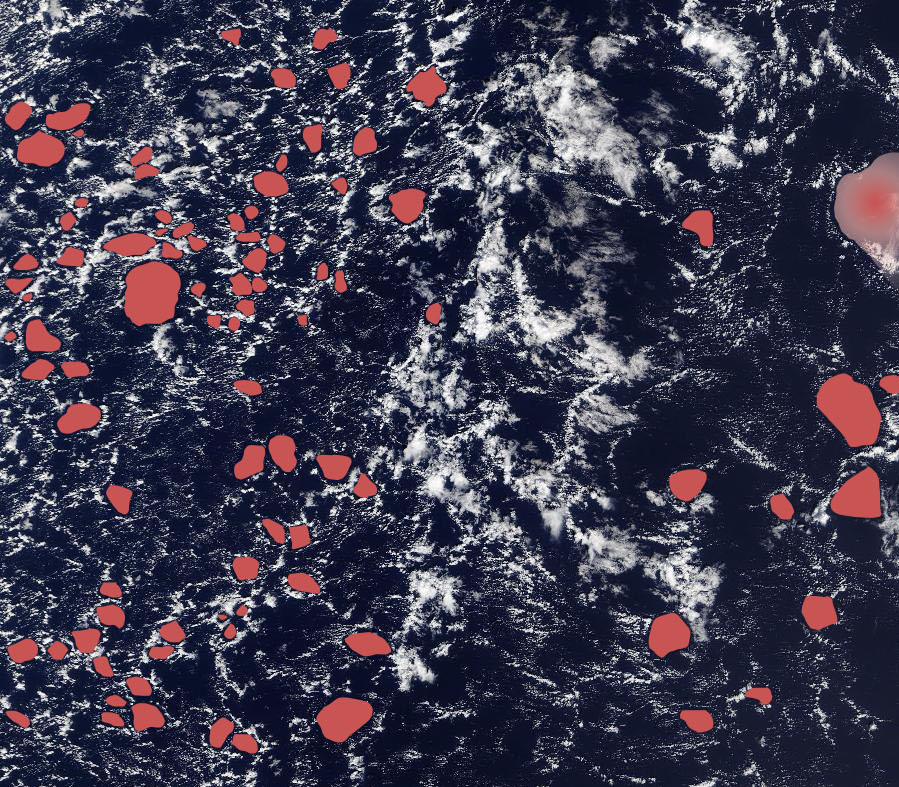Project Lead: Hauke Schulz, Cooperative Institute for Climate, Ocean, and Ecosystem Studies (CICOES)
Data Science Lead: Bernease Herman
Shallow convection, like the stratocumulus decks off the Washington coast, is responsible for a large portion of the uncertainty in climate projections, thus a better understanding of their processes is crucial. Advances in computational resources allow for ever increasing resolutions of climate simulations, yet the resolutions remain too coarse to simulate these clouds and their underlying processes explicitly. Parameterizations – simple algorithms or empiric relationships that estimate the unresolved processes based on the resolved processes – need to be refined with the increase in resolution as they no longer hold true. To develop these new parameterizations, the formation processes of these shallow clouds need to be understood at finer and finer detail. A detail that is currently left out in these parameterizations is the fact that these clouds can occur in a variety of spatial patterns. To simulate these clouds and their cooling effect correctly in the current and future climate, these patterns are crucial to represent correctly.
In order to develop a better parameterization of these clouds in our climate models, we need to improve our understanding on how these different patterns of cloudiness form. Previous studies suggest that precipitation drastically influences these patterns, in particular through the generation of so-called cold pools. These cold pools (marked in red in the satellite image) that are areas of cold air and form due to the evaporation of precipitation are able to redistribute clouds by suppressing them within the cold pool and generating new convection at their edges. The identification of these cold pools in satellite observations will provide valuable information to better understand the formation of different cloud patterns and ultimately lead to an improved parameterization of shallow convection.
Here we utilize several data sources to generate ground-truth cold-pool labels and train a neural network that is capable to identify individual cold pools in satellite imagery.

